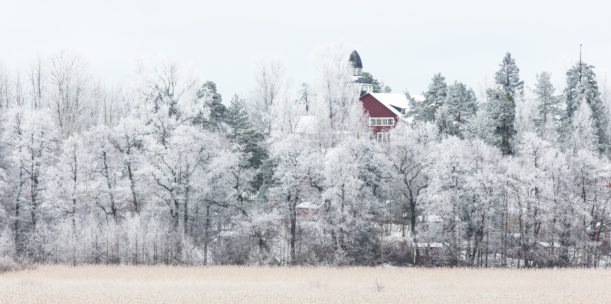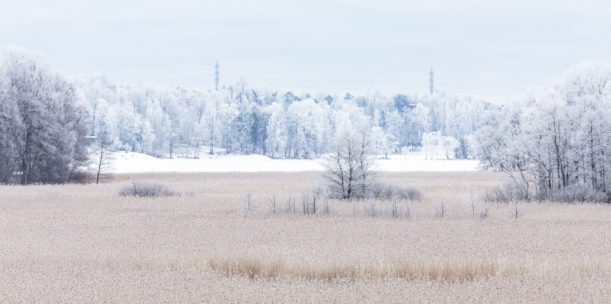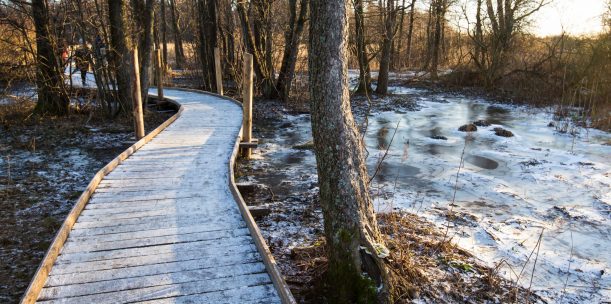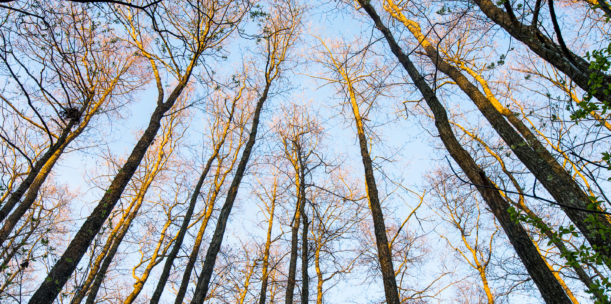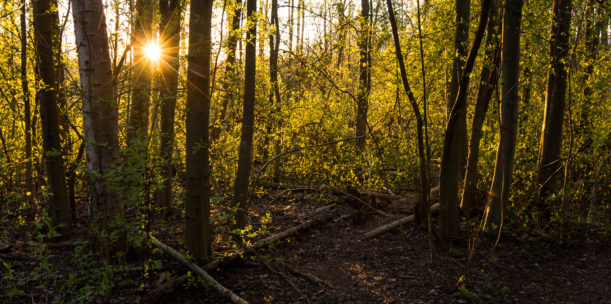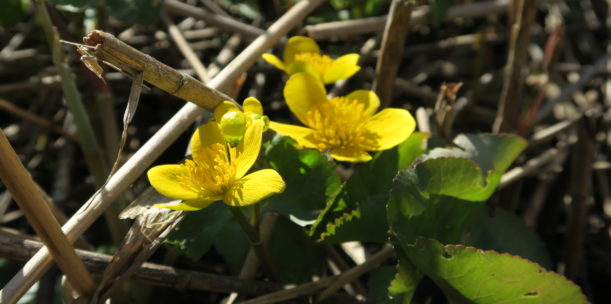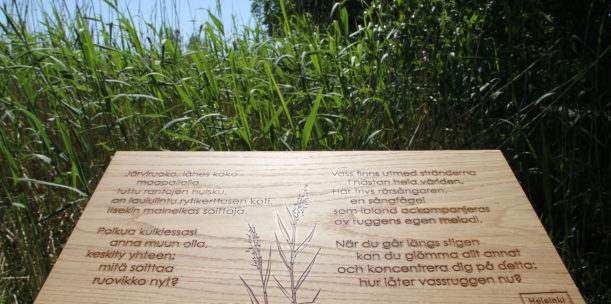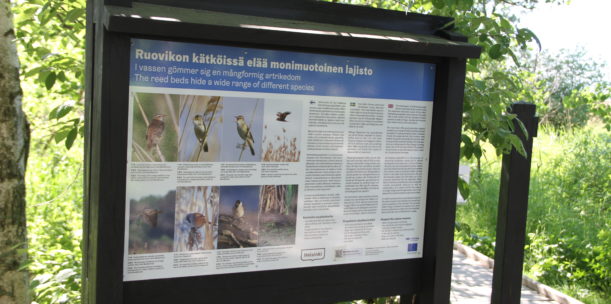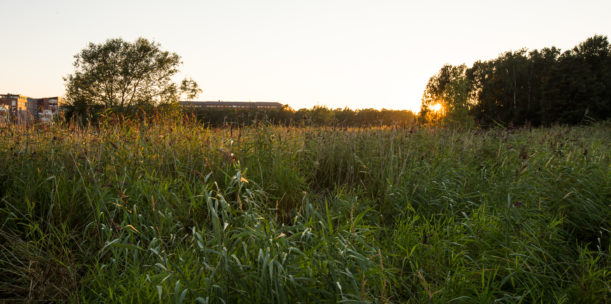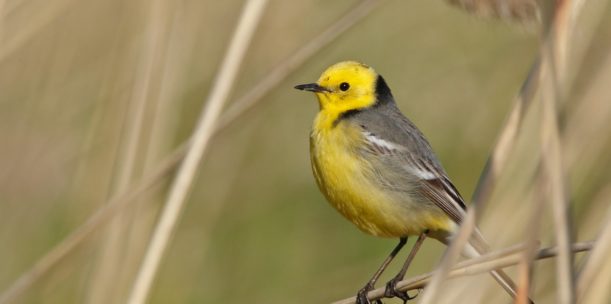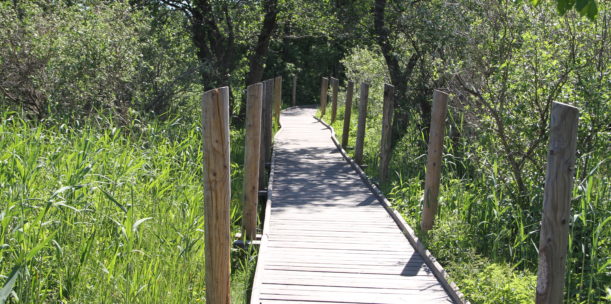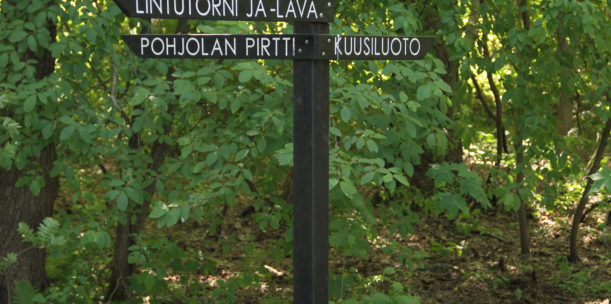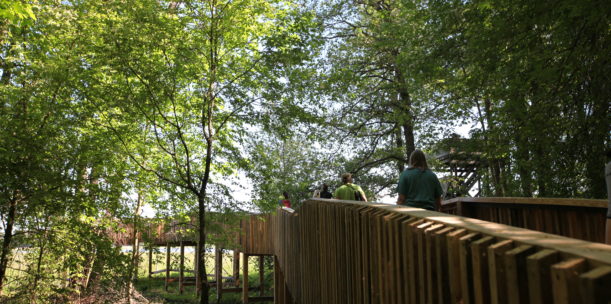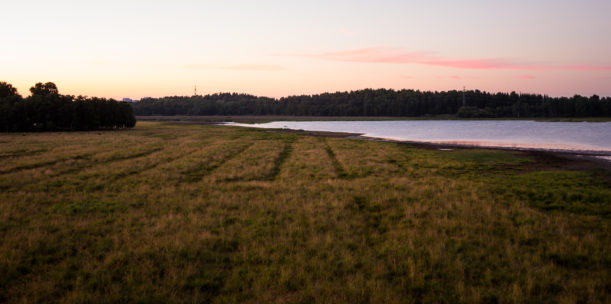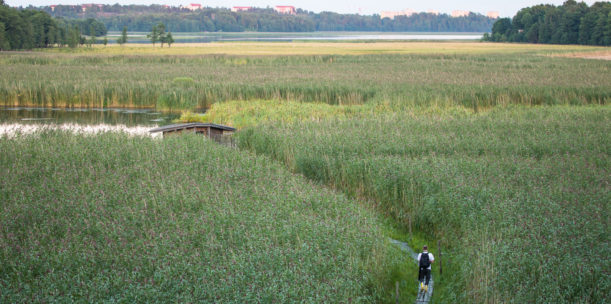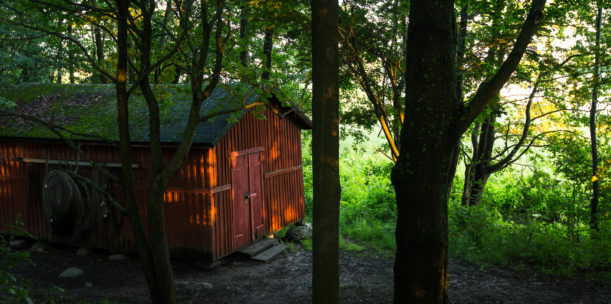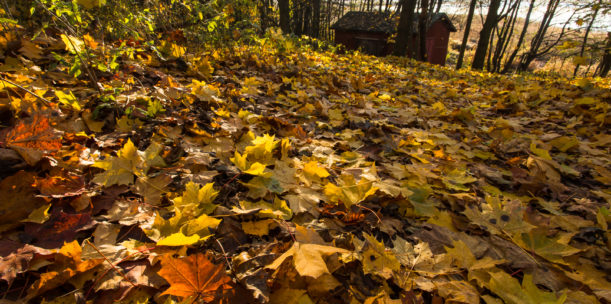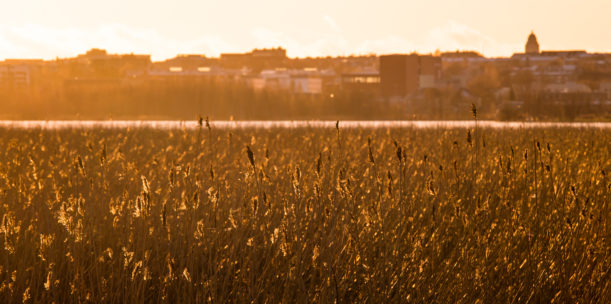Viikki-Vanhankaupunginlahti is Helsinki’s largest nature reserve, covering an area of 326 hectares. The area expanded further in 2016 with the addition of the herb-rich common alder forest of Pornaistenniemi and the forests of Möylä.
The Vanhankaupunginlahti bird wetlands are part of the Natura 2000 network. Vanhankaupunginlahti and Laajalahti in Espoo also form wetlands of international importance that are protected under Ramsar Convention.
The Pornaistenniemi area includes a variety of different habitats: lush, herb-rich common alder forests, coastal meadows and reed beds. The coastal forest of Pornaistenniemi has been growing in its natural state for a long time, as is evident from surveys indicating that it houses an impressive 56 polypore and 99 corticioid fungi species.
Over 300 different species of birds have been sighted in Vanhankaupunginlahti over the years. The coastal forests house lesser spotted woodpeckers and thrush nightingales, while the reed beds are home to citrine wagtails, sedge warblers, Eurasian reed warblers and the largest population of bearded reedlings in Finland.
Pornaistenniemi is also a valuable reptile and amphibian habitat. It is one of the few places in Helsinki where you can find moor frogs.
The summer hut area on Lammassaari island offers plenty of daytime hiding places and breeding sites for bats. The extensive bat population of Lammassaari and nearby Kuusiluoto consists of northern bats, Daubenton’s bats, whiskered bats and grey long-eared bats.
The bird watching tower on Lammassaari is an excellent place for observing the nesting of grey herons on the island of Loppi in the other side of the bay, as well as the bay’s numerous other waterfowl and the waders foraging the mudflats. There are a total of six bird watching towers, four accessible bird watching platforms and one bird hide in different parts of the bay.
Pornaistenniemi is relatively close to busy traffic routes, which can be heard as a background humming noise in its soundscape. The sounds of traffic start to fade out as you head towards Lammassaari. When walking, it is easy to focus on listening to the sounds of the nature nearby, such as the rustling of reed beds, birds singing, the wind whistling or even the rhythm of footsteps on the duckboards. The sounds of people hiking are a part of the soundscape of Pornaistenniemi and Lammassaari.
“Best. Duckboards. Ever.”
Ella, 5
Pornaistenniem is circled by the accessible Heart of Nature path. The duckboards leading to Lammassaari were converted into an accessible path in 2017 as part of a project funded by the EU.
When the ground is not frozen, the reed beds may only be navigated using the marked routes.
